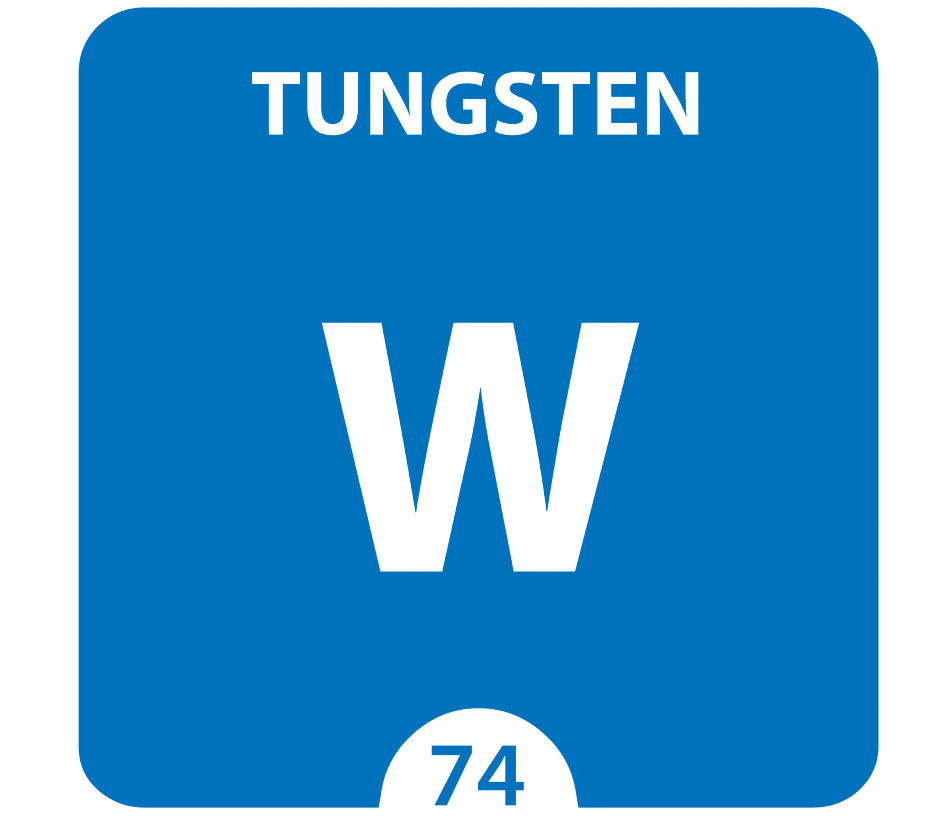Feb 17 2004

Borka Kiss / Shutterstock
Silver/tungsten alloys, containing 25% to 50% silver, are employed in electrical contacts. These materials have broadly different melting points and, therefore, manufactured through powder metallurgical methods.
Tungstates and tungsten oxides form on the surface of these metals, resulting in increased contact resistance over time.
These materials can be used when more arc resistance is needed. If contact resistance becomes an issue, silver/tungsten carbide materials serve as an alternative option.
Key Properties
Silver/tungsten metals integrate the high electrical and thermal conductivities of silver with the arc resistance of tungsten.
Applications
As stated above, silver/tungsten materials are utilized for making electrical contacts. They are usually used in heavy-duty devices prone to high currents. The presence of the refractory material tungsten lowers the possibility of welding and enhances resistance to arc erosion. Ideal compositions are identified by balancing conductivity and non-welding properties.
Devices utilizing silver/tungsten materials include:
- Relays that need good arc resistance
- Circuit breakers (usually in the 50–100 Amp range)